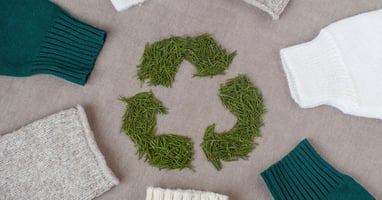It's zero waste week, so what better way to mark the occasion than investigating whether zero waste fashion is achievable?
Although there's more sustainability throughout the fashion industry now than ever before, there's still a significant way to go before the fashion industry gets anywhere close to becoming zero waste.
What is zero waste fashion?
As the name suggests, zero waste fashion is — more or less — fashion sourcing, production and consumption, which results in minimal waste, achieved by reducing waste at every stage of the supply chain.
Whether it's efficient pattern cutting, repurposing by-products or providing recycling schemes to customers, zero waste fashion aims to ensure no fashion waste ends up in landfill or oceans.
So, is zero waste fashion achievable?
The argument for
Something has to change
As of 2024, the fashion industry is responsible for 20% of worldwide industrial wastewater pollution, and 85% of textiles go to landfill every year. When you realise that the equivalent of a truckload of clothing is either burned or buried in landfills every second, there's no denying the fast fashion industry is a problem.
Many brands, consumers, governments and industry experts agree that something has to change to protect our planet's future.
As society and government pressure mounts on fashion brands to become more eco-conscious, we're seeing the introduction of more sustainable production processes, materials, garments and brand ethos' to support this change.
Brands are becoming more sustainable
There are already a large number of brands leading the way when it comes to sustainability — many of the names you'll recognise.
There are big brands like Nike and M&S launching sustainable ranges and ambitious goals; Patagonia has been paving the way for an eco-friendly brand core for decades, alongside new brands such as sportswear favourite TALA and long-standing brands such as The North Face.
Brands such as these already have a large customer base and increasing in popularity, meaning zero waste fashion practices will become more commonplace and the norm for shoppers.
The circular fashion model
The circular fashion model was originally created by the Ellen McArthur Foundation to challenge the traditional linear model that results in large volumes of waste and pollution.
It proposes that products should be designed, produced, sold and collected in a cyclical way. Waste is considered at every stage, including using regenerative materials and preventing the disposal of garments after use.
The benefits of the circular fashion model are endless but primarily focus on eliminating waste, regenerating resources, reducing hyperconsumerism and giving back to the planet.
The growth of sustainable materials
While the explosion of synthetic materials came about in the 20th century, with materials polyester revolutionising the fashion industry, they had a significant environmental impact.
In recent years, sustainable materials have become commonplace, whether certified organic cotton, recycled polyester, bamboo, FSC-certified paper or water-soluble plastics.
To learn more about eco-friendly materials, download our textiles cheat sheet or head to our materials hub.
The argument against
However, while there are many arguments in favour of the succession of zero waste fashion, there are several significant blockers the fashion industry must overcome.
Fast fashion is too popular
Fast fashion is a phenomenon that has a vice-like grip on modern-day consumers, particularly with the advancement of social media, online influencers and eCommerce. To put it into perspective of just how vast the industry is, more than 100 billion new garments are produced annually around the world.
Although more signs of sustainability are growing within the industry, the global fast fashion market is still estimated to grow annually at a CAGR of around 14.56% over the forecast period (2023-2030).
That's big business. Fast fashion significantly contributes to many countries' economies, which can result in a barrier towards change.
The common misconception
There's the common misconception that sustainable alternatives and practices are more expensive — this is due to several reasons:
- Savvy brands are using sustainability as an exclusive marketing strategy, capitalising on consumers willing to pay more to secure the future of our planet.
- The circular economy and its practices are less established than the fast fashion machine, meaning greater costs are incurred throughout the supply chain, culminating in an impact on consumers' pockets.
- Supply and demand — as it stands, sustainable products aren't as popular as fast fashion, increasing the overall price as there's less demand to pay the costs associated.
It's also worth noting that it isn't strictly the case that 'sustainable means more expensive'. Many recycled materials can be cheaper, as they use waste materials rather than raw materials.
Too much of a seismic shift
Ultimately, when determining whether a zero waste fashion industry is achievable, there's no silver bullet to get there. It will require many different processes, innovations and investments, not to mention the significant shift in attitudes from brand owners, governments and consumers.
Fast fashion is too convenient and makes too much money, which is ultimately the biggest blocker to change. But as the climate crisis intensifies and more restrictions and government regulations come into place, zero waste fashion will come out on top in the end.
Weavabel: The home of sustainable fashion packaging and trims
Packaging and trims are a big part of the fashion industry's focus on minimising waste. At Weavabel, sustainable alternatives are at the heart of what we do. Whether it's seed paper swing tags, recycled polyester care labels or corn starch poly bags, we have all the options that can match your brand.
To explore our products further and get inspired, download our product brochure.
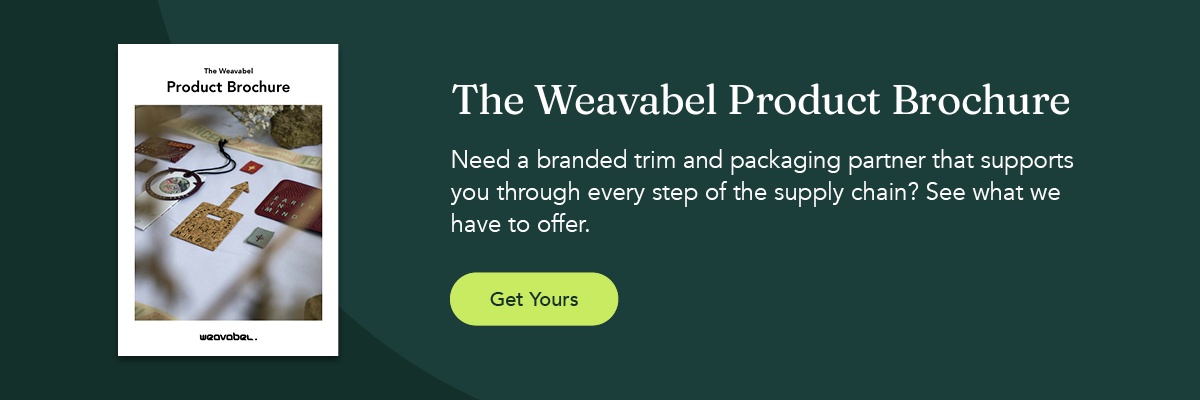
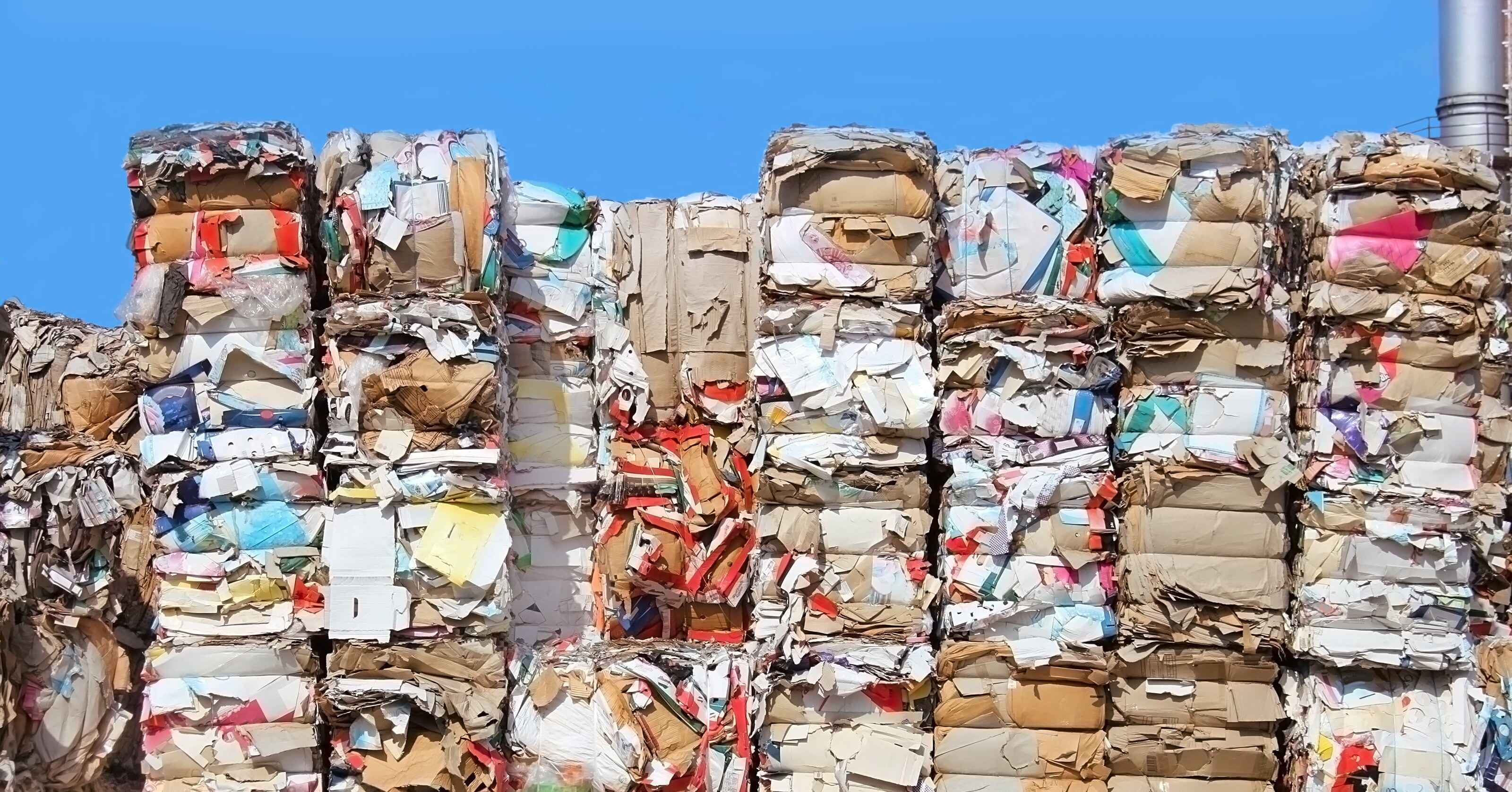

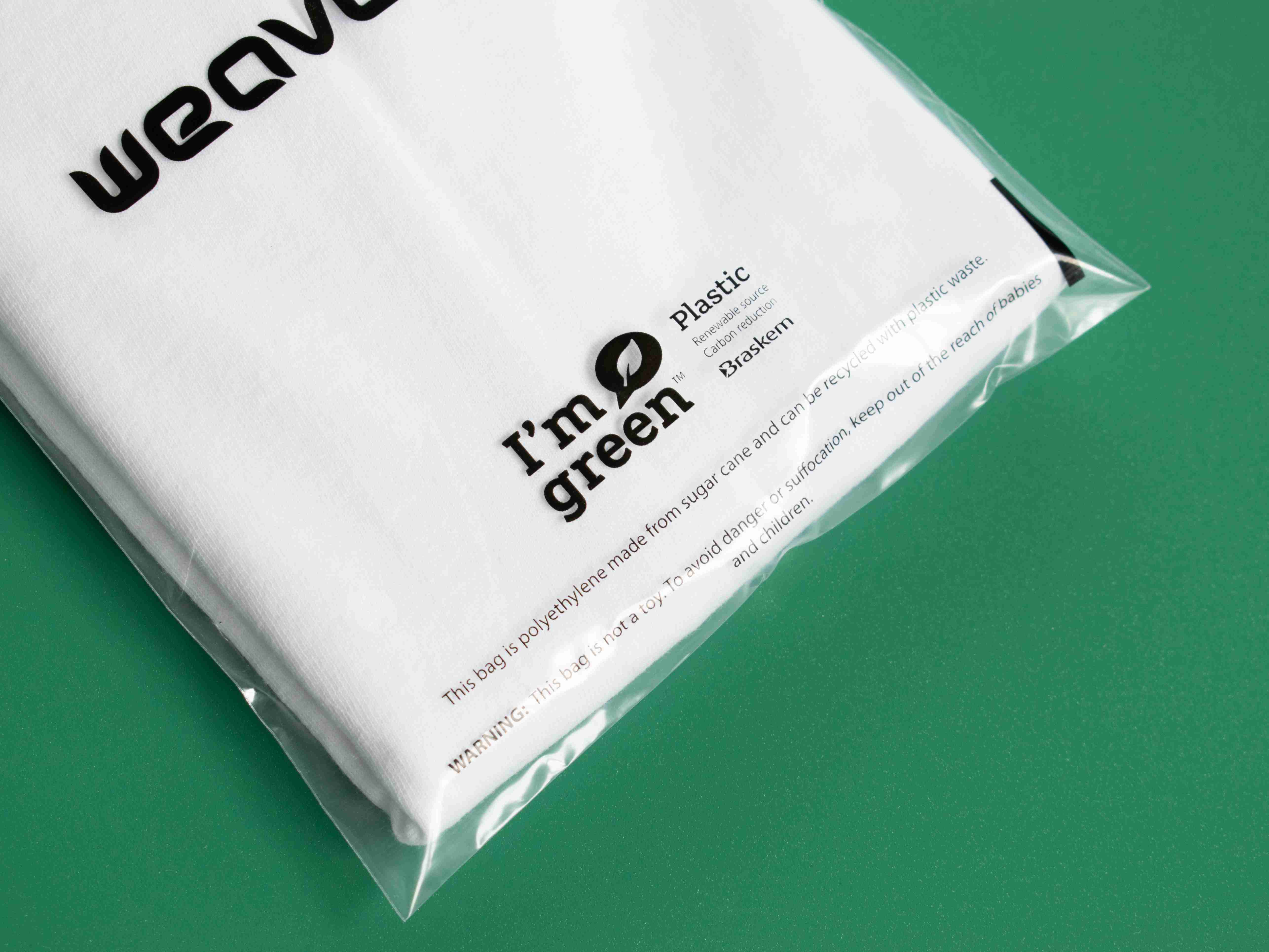

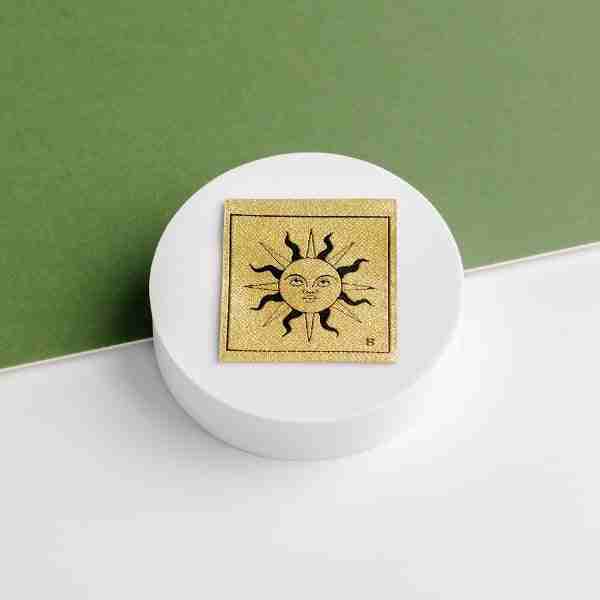
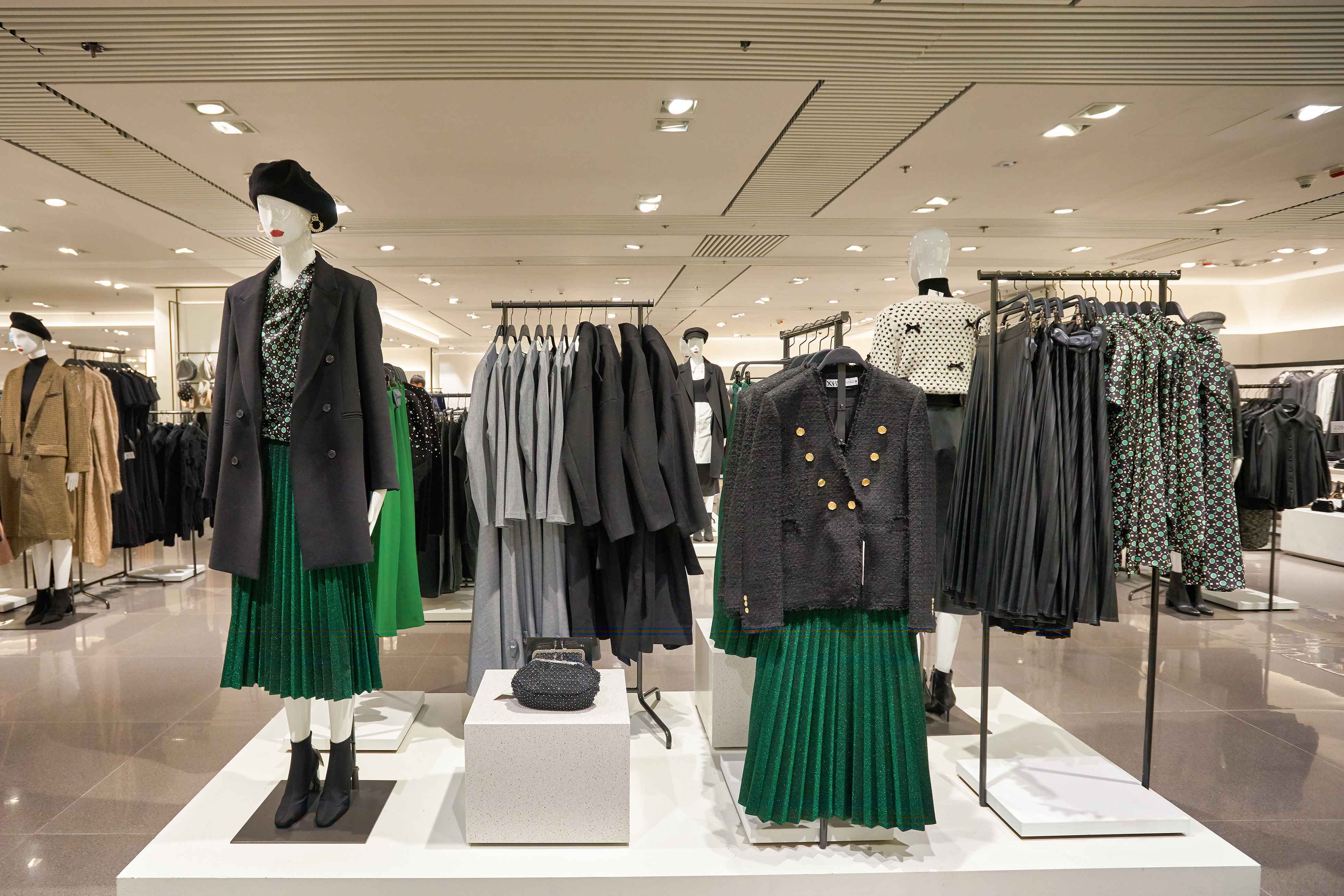



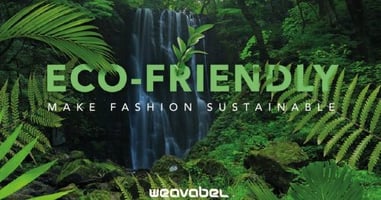
.jpeg?width=400&height=200&name=5480590b-1a64-4bc1-b6a9-d982cd514f10%20(1).jpeg)
